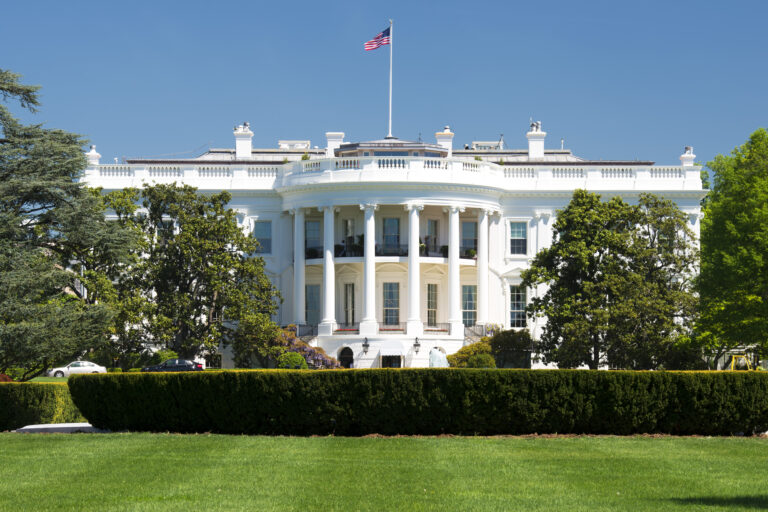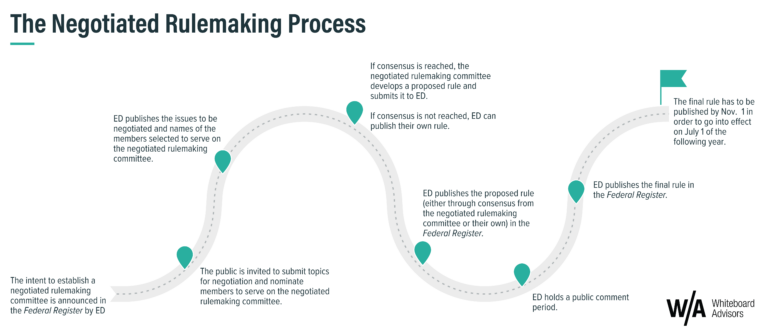This month, we asked Insiders to evaluate the timing for ESEA reauthorization in light of the Senate’s passage of the Every Child Achieves Act by a vote of 81-17. We also asked them to weigh-in on possible explanations for why the Department of Education decided to scrap the college ratings plan, and whether ED’s proposed consumer-facing site is needed. Insiders also gave their opinion on the current trajectory of each of the Common Core testing consortion and looked ahead at participation in PARCC and SBAC in the coming years. Read more
This month, we asked Insiders to evaluate the timing for ESEA reauthorization in light of the Senate’s passage of the Every Child Achieves Act by a vote of 81-17. We also asked them to weigh-in on possible explanations for why the Department of Education decided to scrap the college ratings plan, and whether ED’s proposed consumer-facing site is needed. Insiders also gave their opinion on the current trajectory of each of the Common Core testing consortion and looked ahead at participation in PARCC and SBAC in the coming years.
Here is a snap shot of the results from the exectutive summary:
- Nearly 3 in 4 Insiders now believe ESEA will be reauthorized while Obama is still in office. A slight majority of Insiders believe that ESEA will be signed into law either by December 2015 or July 2016; an almost equal proportion believes that this will happen by December 2016 or after Obama’s presidency. Insiders also believe that parental notification of opt-out rights, required state intervention for low-performing schools, and accountability language similar to Sen. Murphy’s (D-CT) amendment are among the most likely proposals to be included in a final ESEA conference bill.
- Most Insiders believe that PARCC is on the wrong track, while SBAC is on the right track, and that, over the next 2-3 years, at least 20 states will participate in one of the two. While Insiders are largely split over whether fewer or about the same number of states will participate in SBAC, most Insiders (74%) predict fewer members in PARCC.
- Insiders are split nearly 50-50 on whether the biggest barrier to a college rating system is opposition from college leaders or the difficulty of comparing a diverse array of higher education institutions. When asked whether ED’s idea of a consumer-oriented site with college performance data is necessary, a majority of Insiders said no.
You can also view earlier write-ups of the results here (for a look at ESEA) and here (for a look at the college ratings plan and the testing consortia).



